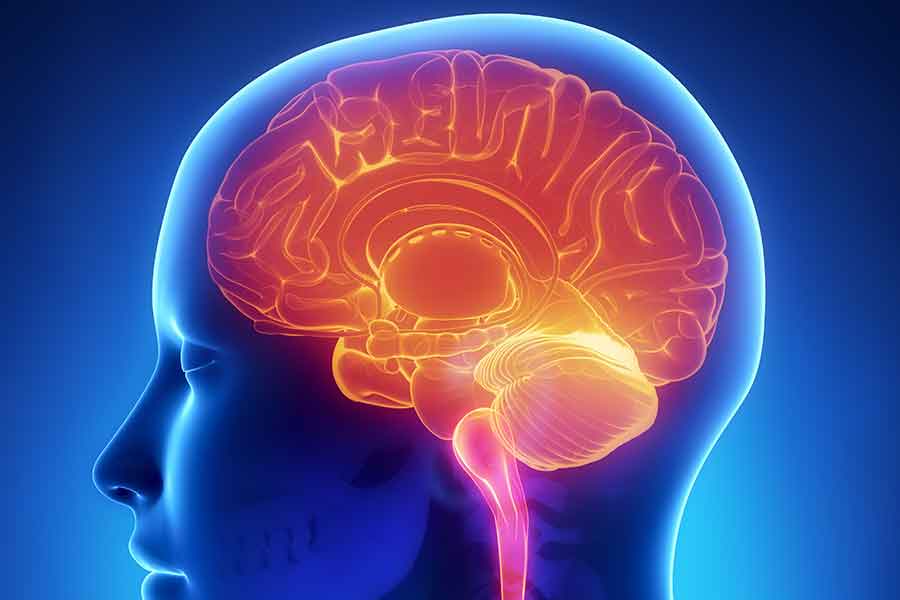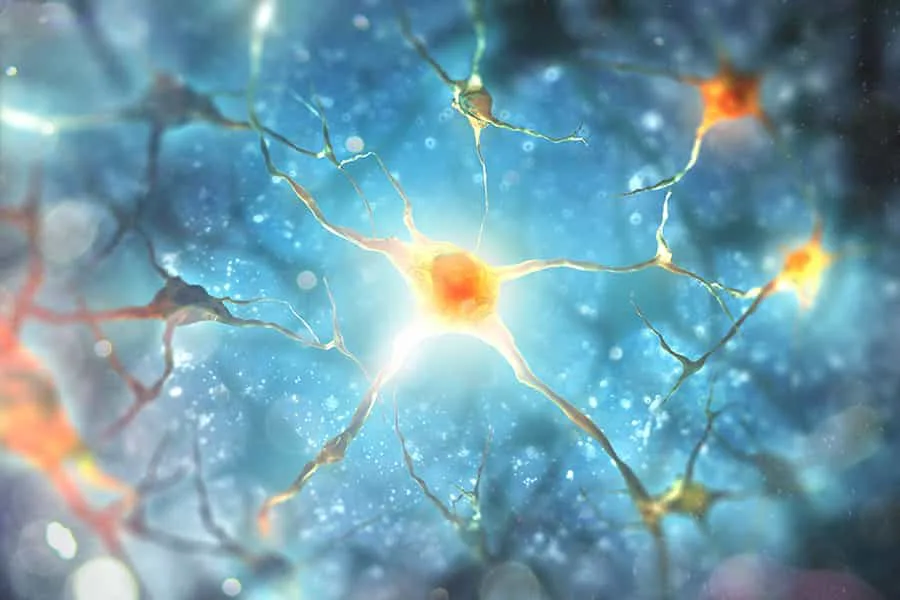Neurostimulation is being investigated as a tool used to treat many neurological disorders, like depression, Alzheimer disease, Parkinson disease, bipolar disorder, schizophrenia, and addiction.
For most of these conditions, neurostimulation is considered an investigational treatment not yet proved as a viable therapy or covered by health insurance.
Approved Neurostimulation Therapies
There is substantial evidence that the neurostimulation technique called repetitive transcranial magnetic stimulation (rTMS) is effective in treating major depression, although no health insurance plans currently cover it. However, research institutions such as John Hopkins are using it to help with treatment-resistant depression, and The Royal Australian and New Zealand College of Psychiatrists has sanctioned it for treating major depressive disorders. Also, the neurostimulation technique called deep brain stimulation (DBS) is approved to treat Parkinson disease and tremors, and is covered by some health insurance companies.
Since neurostimulation has shown promise in altering neuronal function and treating some diseases, it may potentially work for addiction by reducing relapse rates and drug cravings. It is currently being investigated for the treatment of alcohol, nicotine, cocaine, methamphetamine, and opioid dependencies.
How Does Neurostimulation Work?
Addictive drugs stimulate the dopamine neuronal synapses in the brain, but overstimulation of these neurons over time ultimately weakens their firing potential and results in low dopamine levels. This condition can lead to cognitive impairment, loss of pleasure, fatigue, and depression.
Neurostimulation has the potential to restore neural plasticity and reinvigorate the firing potential of weakened neurons. If dopamine signaling can be systematically restored to pre-drug addiction levels, persons struggling with addiction may not suffer the effects of low dopamine levels. This could help lower cravings and reduce the occurrence of drug relapse.
In the future, one of the following techniques may be used to fight addiction:
Transcranial Magnetic Stimulation
Transcranial magnetic stimulation (TMS) is a noninvasive procedure. With this technique, an electrical current inside a coil induces a high-intensity magnetic pulse that is focused into certain regions of the brain to stimulate activity. These currents activate neurons in superficial regions of the brain, since the magnetic waves can penetrate only a few centimeters past the skull. TMS can be applied as a single pulse, paired pulse, or a repeated train of pulses.
Repetitive TMS and Deep rTMS
In repetitive TMS (rTMS), several pulses are delivered into the brain, repeatedly stimulating neurons in targeted superficial regions. RTMS uses frequencies of 1 to 20 Hz: or 1 to 20 cycles (which may include multiple pulses) per second. High frequencies (above 5 Hz) have a tendency to increase neuronal excitability, while lower frequencies (below 1 Hz) decrease the neuron’s excitability.
Deep rTMS (dTMS) is similar to rTMS but uses a different type of coil that can stimulate regions of the brain below the superficial layers. Deeper penetration is accomplished by mild increases in the electric field.
Theta-Burst Stimulation
This technique is a specific type of rTMS that refers to stimulations given in the 4 to 7 Hz range. The cycles and breaks between cycles can both occur for different lengths of time (in the millisecond to second range), so the different stimulation patterns are referred to by different names, two of which are continuous and intermittent TBS. A continuous TBS of 5 Hz is a form of stimulation treatment in which 5 cycles of 3 short bursts and a break are continuously administered for a period of time. Intermittent TBS (iTBS) of 5 Hz can be the same type of cycle (3 short bursts and a break) but the cycles may last for multiple seconds and a break of multiple seconds may be included between each stimulation.
Although these two procedures may not seem that different, they have dramatically opposing effects. Continuous TBS results in weakening neuronal synapses, and intermittent TBS results in strengthening neuronal connections.
Safety of TMS Procedures
TMS procedures are safe when physicians are following standard guidelines. Side effects are usually mild and may include headache, dizziness, fainting, and short-term hearing loss. Seizures rarely occur, but those prone to seizures may want to consider other forms of treatment.
Because of safety concerns regarding brain tissue overheating, persons with metal in their brain should not undergo rTMS procedures. People with aneurysm coils, stents, pacemakers, metallic implants in eyes or ears, bullet shrapnel, or facial tattoos with metallic or magnetic-sensitive ink should not use rTMS. However, persons with dental fillings or braces are not contraindicated from rTMS use.

Electroconvulsive Therapy and Magnetic Seizure Therapy
Electroconvulsive therapy (ECT) involves inducing a seizure via electrical induction, a procedure that requires putting the patient under anesthesia. This procedure is still generally safe, but may cause delirium, myocardial arrhythmias, and amnesia.
Magnetic seizure therapy (MST) is another procedure performed on patients under anesthesia. The technique involves using rTMS but at high frequencies (around 100 Hz), which induces therapeutic seizures.
Transcranial Direct Current Stimulation
Transcranial direct current stimulation (tDCS) involves passing weak electrical currents between two electrodes on different sides of the brain. The location, polarity, intensity, and duration of the current can be varied to cause different effects, which makes the procedure feasible for the treatment of multiple neurological disorders. The anode is known to increase neuron excitability while the cathode decreases it. How tDCS alters the neuro-circuitry of the brain is poorly understood, but short-term use is safe. Side effects usually involve tingling, burning, headache, and skin irritation. Sometimes tDCS users see phosphenes, ie. some people say they visualize sounds they hear.
Deep Brain Stimulation
In deep brain stimulation (DBS), electrodes are positioned to specific sites in the brain under the dura layer during neurosurgery. The electrodes are connected to a programmed pulse generator, which is also implanted in the brain, and delivers pulses to specific brain regions. DBS is a well-tolerated therapy, but side effects include infection, hemorrhage, seizure, and fracture.
Main source: http://www.ncbi.nlm.nih.gov/pubmed/27442267
Other sources:
http://mentalhealthdaily.com/2015/04/02/low-dopamine-levels-symptoms-adverse-reactions/
http://www.clinph-journal.com/article/S1388-2457(09)00519-7/fulltext
http://www.hopkinsmedicine.org/psychiatry/specialty_areas/brain_stimulation/tms/faq_tms.html
